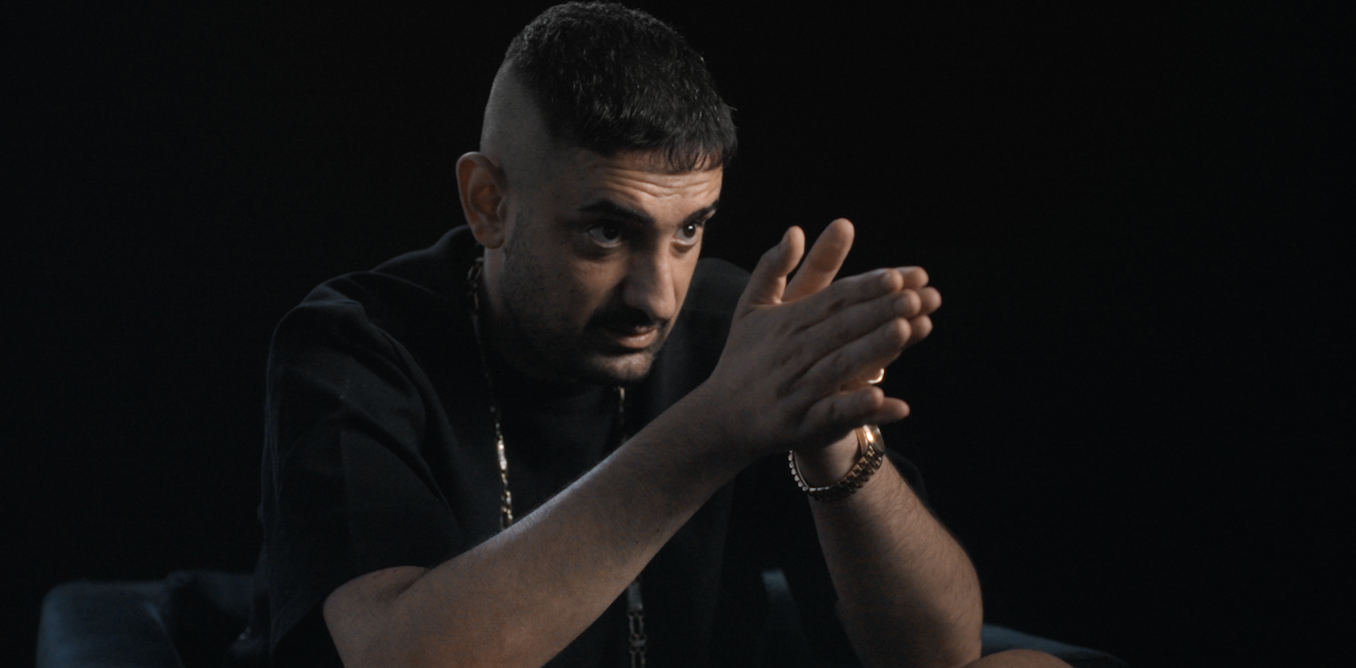LUX, the new album from Spanish singer-songwriter Rosalía, has been critically lauded. But opinion is divided among some commentators on whether it should be considered pop or classical music.
Much of LUX “sounds closer to classical music than it does to anything in the charts”, according to Guardian reviewer Alexis Petridis. Elle magazine describes Lux as “inspired by classical orchestral music and opera – but imbued with influences of pop, electronic, hip-hop, and more”.
And writing in the New York Times, Joshua Barone asks, “How much of the album is really classical music?” before concluding: “At the end of the day, [Rosalía] has made a pop album with a big budget.”
Even given the assumption that we have a very good idea of what (western) classical music “is” or “isn’t” – and we don’t – it isn’t very helpful to think of LUX in these terms.
LUX does prominently feature the London Symphony Orchestra, with arrangements by composer Caroline Shaw. There are two tracks with a particularly strong western classical influence: Mio Christo Piange Diamanti and the album’s lead single Berghain.
But Lux is a long album, which mostly features solidly pop songwriting, with brief, catchy, syncopated melodies and trap-style triplet flows (in which three syllables are sung or rapped over one beat). As on avant-pop classics like Björk’s Vespertine (2001) or Arca’s self-titled album (2017), conventional, appealing melodic songwriting often comes alongside a disposition not to settle.
The tonality implied by the songwriting is sometimes undermined by the orchestration, the rhythm is subtle or submerged, and there’s a fairly complex song structure which means that the listener requires repeat listens to get comfortable.
On an intense and complexly assembled album, it’s best to pick out a relatively straightforward example. One of my favourite moments on LUX is the stripped-down breakdown section about two-and-a-half minutes into La Yugular.
Here the orchestra drops out, and Rosalía sings in triple metre (that is, three beats in a bar) with only kettledrums accompanying her. From here, the music starts to build in pitch and intensity.
Due to the instrumentation, it’s perhaps easy to hear a “classical” sound in this section. But the songwriting fits into what we might expect of pop. The vocal line is divided into syncopated, catchy, brief lines, while the kettledrums often emphasise the off-beat.
Let’s imagine we could switch out the kettledrums, and have electronically generated bass such as 808 bass playing the same line. Let’s say we auto-tune the voice too. With such an arrangement, this section of La Yugular would fit squarely into her 2022 album Motomami (for example, on tracks CUUUUuuuuuute or Saoko).
On Lux, Rosalía frequently uses the kettledrum for lines that, on Motomami, were recorded on electronic bass. The point is that here as elsewhere, focusing too much on the orchestra can get in the way of us noticing continuities between the songwriting on Motomami and Lux.
This is, of course, what we might expect from an album by a mainstream pop songwriter in collaboration with the London Symphony Orchestra. But dig a little deeper and we also ought to start questioning the conceptual distinction between “popular” and “classical”.
Genre distinctions
LUX mostly combines western pop style with Iberian and Latin American influences. There are strains of flamenco throughout the album, most obviously in La Rumba del Perdón and Mundo Nuevo.
LUX constantly hints at a reggaeton influence too. De Madrugá is based on a hemiola rhythm, the rhythmic basis of dozens of popular music traditions across the Iberian and Latin American world.
Finally, Dios Es Un Stalker is particularly ingenious. This song’s rhythm is, in effect, a deconstructed salsa rhythm which opens with only the bass line (so-called “bajo tumbao”). The salsa rhythm is fully put together only in the last 30 seconds, after a climactic key change.
There’s a particularly interesting case in the waltz rhythm played on the guitar in La Perla and the first part of La Yugular. In his review, Petridis focuses on a moment of levity towards the end of the former track: “On the waltz-time La Perla, a particularly dramatic set of strings and brass is followed by the sound of the singer giggling, as if she’s keen to undercut any pretensions.”
Of course, the waltz has its origins in European classical music, which is the association that Petridis is clearly making. But waltzes are also characteristic of multiple genres of Latin American popular music. This is especially the case in northern Mexico, where waltzes are played by música norteña bands, by mariachi groups, by banda ensembles and more.
La Perla places this history into reverse: the track opens with regional Mexican act Yahritza Y Su Esencia playing a Mexican-style waltz rhythm and concludes with the London Symphony Orchestra playing a European-style ballroom waltz. LUX tells us something that Anglophone reviewers often miss: especially when Iberian and Latin American music is in the mix, it’s not quite so easy to separate “classical” and “popular”.
So, the claim that Lux might constitute “classical music” has to end with us questioning quite a few things: the distinction between classical and popular, the exclusion of non-Anglophone music from the stories most often told about popular music and – most importantly – whether anyone really cares anymore whether music “qualifies” as “classical”. LUX deserves to be heard on its own terms, as an ambitious, self-aware and wildly inventive piece of work.
Looking for something good? Cut through the noise with a carefully curated selection of the latest releases, live events and exhibitions, straight to your inbox every fortnight, on Fridays. Sign up here.

The post “why the ‘pop-versus-classical’ question misses the point” by Andrew J. Green, Lecturer in the Anthropology of Music, King’s College London was published on 11/19/2025 by theconversation.com





































Leave a Reply